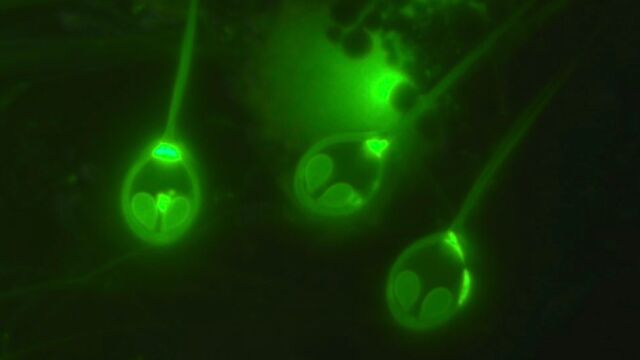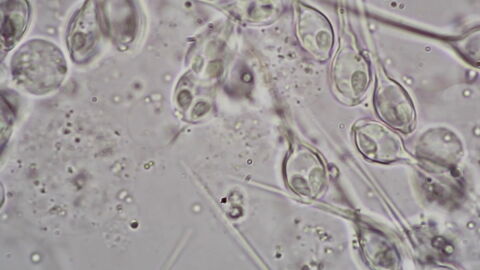To most, this parasite goes unnoticed unless and you may only be able to recognize it in the form of a milky coloured blob within the muscle fibres of some infected fresh fish you may be preparing for dinner.
Discover our latest podcast
In reality, this is the only known multicellular animal that is missing mitochondria and mitochondrial genes. These are specific cells/genes that help an organism to produce energy. All other creatures whos DNA scientists have mapped out have some respiratory genes, however, this curious little parasite has none according to a study published in the journal Proceedings of the National Academy of Sciences.
This may bequite the exciting find, however, for scientists they find this to be quite on par for what they would expect from this animal. Distantly related to jellyfish H. salminicola, they may have at one time looked similar to their cousins but they have evolved to share almost no traits with them.
Dorothée Huchon, co-author from Tel Aviv University in Israel said in an interview with Live Science that:
"They have lost their tissue, their nerve cells, their muscles, everything,"
"And now we find they have lost their ability to breathe."
H. salminicola is typically harmless in most cases of fish infected. However, it is part of the Myxozoans parasite family and other parasites within this family have had devastating effects on fish as well as commercial fisheries. A fish infected with H. salminicola is also referred to as having "tapioca disease".
This has been one of the first cases of evolution where an animal evolves to become more unicellular, where usually they evolve to become more complex. Fascinating!
Check out our video for some more interesting facts on this amazing creature.















